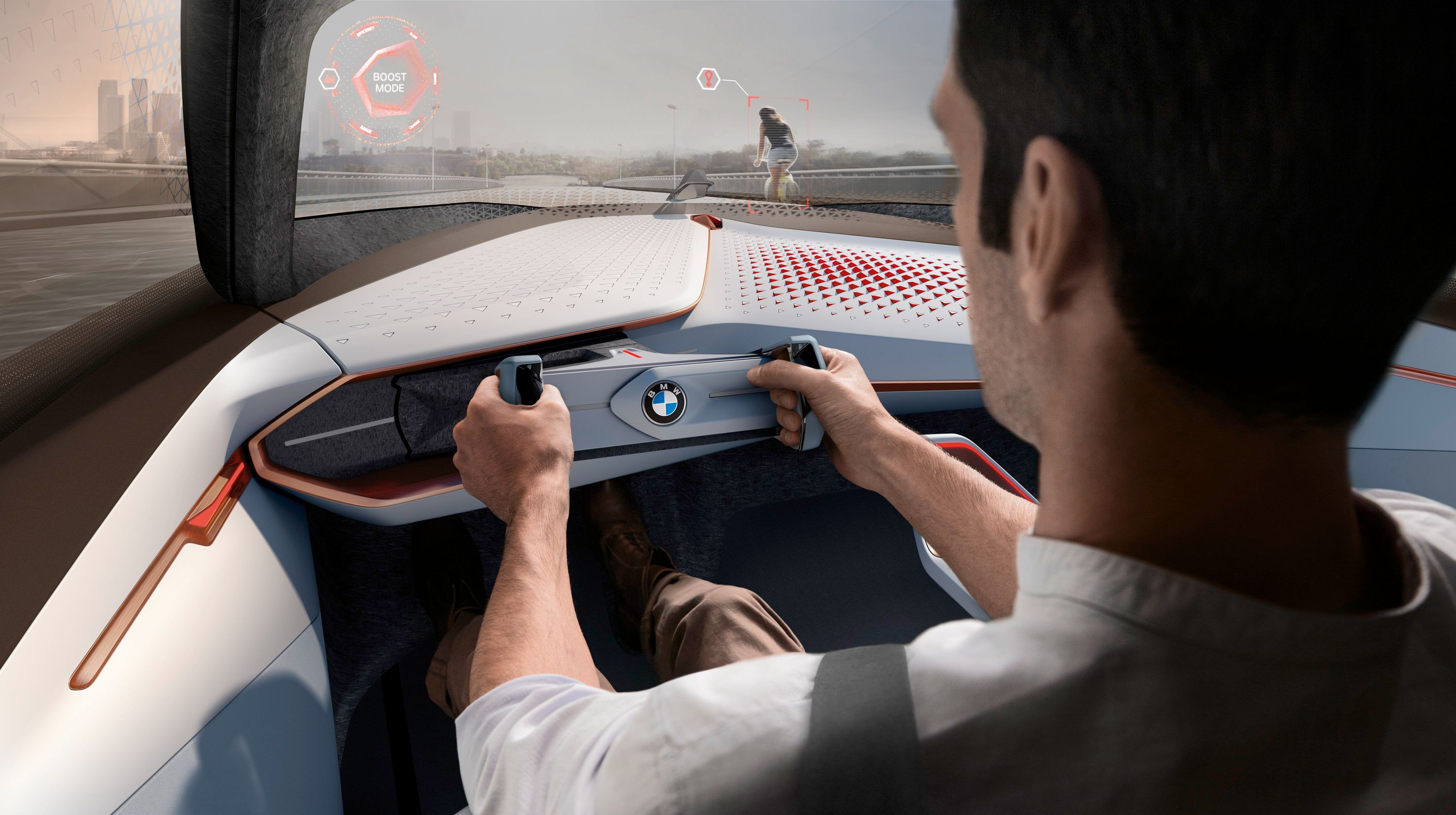4G hotspots in cars haven’t really been around that long, but it has already had a major impact on our daily commutes. It allows all of the semi-autonomous cars out there to communicate, and it has become the basis for Cellular Vehicle-to-Everything (C-V2X) communication that has helped to shape our future autonomous car network. Cars like the Tesla Model S can receive OTA updates, while kids can watch Netflix, and your creepy uncle can watch porn in the back seat during family road trips. In the grand scheme of things, we haven’t had 4G very long, but 5G mobile networks are on the horizon, and it’s a pretty big deal. Not only for those of us who are stuck to our cell phones 24/7, but for our cars as well. And that’s exactly why Audi, BMW, and Daimler AG, along with various tech companies, have formed the “5G Automotive Association.”
In partnership with Ericsson, Huawei, Intel, Nokia, and Qualcomm, the aforementioned luxury automakers believe 5G networks will open the door for better support in C-V2X communications and connected mobility solutions. As such, these tech and automotive companies are looking to work together by defining and harmonizing use cases, technical requirements, and implementation strategies; supporting standardization and regulatory bodies, certification and approval processes; addressing vehicle-to-everything technology requirements, such as wireless connectivity, security, privacy, authentication, distributed cloud architectures and more; and running joint innovation and development projects leading to integrated solutions, interoperability testing, large-scale pilots and trial deployments.
Alfons Pfaller, the Head of Infotainment Development for Audi AG, said, "Connected cars will shape the future of individual mobility, and next generation mobile networks will take car to X connectivity to a new level. The key to success is in cross-industry collaboration. This is why we set up the 5G Automotive Association where experts from all relevant fields are teaming up." And Sajjad Khan, the Director of Digital Vehicle and Mobility for Daimler AG, said, "The connected car enables us to offer our customers services, both inside and outside the vehicle, which make their daily routine tasks easier, increase comfort and safety and thus create considerable added value. The fundamental basis for this is a reliable and fast connectivity technology whose standards have global validity."
So what does all this mean to you? Keep reading to find out.
The Ultimate Connectivity for Safer Roads
5G will bring us a number of benefits. We’ll be able to browse Facebook at lightning fast speeds and have a better cellular connection almost everywhere. Even your creepy uncle won’t have to worry about Back Door Girls 9 buffering in the middle of the best scene, but more importantly, is the safety improvements it brings to the autonomous cars of the future.
For autonomous cars to work safely, they have to be connected to everything, including each other. With 4G we can do this, and there are some cars that can connect to traffic system infrastructures in certain areas, but 4G networks are somewhat limited. There are dead spots in service areas, heavy network use drags down connection speeds, and while our current 4G networks seem rather fast, they can be slow from time to time. All of these things pose serious issues to self-driving cars. If your self-driving car of the future loses connectivity to the traffic light infrastructure, your fully autonomous 2032 Mercedes S-Class might just T-bone a 2031 Chevy Impala because both may think they have the right away.
We know that autonomous cars will probably flock together during commutes. This means that vehicle-to-vehicle information is of the utmost importance. Think about a pack of 2030 Tesla’s flying down the highway at 120 mph. It’s completely safe because we’ve finally perfected autonomous technology, right? Wrong! Cars in the rear will rely on information from cars at the front of the pack, as well as live traffic information supplied by city infrastructures to know what’s going on farther up the road. In the event that an accident does occur or there’s some other kind of hold up, a glitch in the matrix could mean that the cars in the rear don’t get the message and a small situation turns into a massive pile up as every autonomous car in the area goes temporarily blind. Now, there are of course onboard systems that will help prevent scenarios like this, but those sensors are limited too.
Why it Matters
5G networks promise to handle much more data volume, connect many more devices, and reduce latency levels significantly. For the C-V2X infrastructure of the future to work correctly, cars need to be able to transfer and receive data almost instantaneously which is impossible on current 4G networks. The fact that competing automotive and technology companies are joining forces to standardize the use of 5G networks is huge. According to the companies already in the 5G Automotive Association, they are welcome to more partners from the automotive and technology industries, with several other companies already expressing interest in joining.

